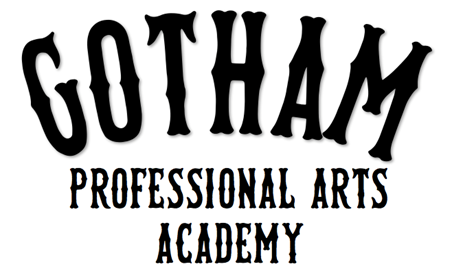Learning to use one’s mind well
The school should focus on helping young people learn to use their minds well. Schools should not be “comprehensive” if such a claim is made at the expense of the school’s central intellectual purpose.
Less is more: depth over coverage
The school’s goals should be simple: that each student master a limited number of essential skills and areas of knowledge. While these skills and areas will, to varying degrees, reflect the traditional academic disciplines, the program’s design should be shaped by the intellectual and imaginative powers and competencies that the students need, rather than by “subjects” as conventionally defined. The aphorism “less is more” should dominate: curricular decisions should be guided by the aim of thorough student mastery and achievement rather than by an effort to merely cover content.
Goals apply to all students
The school’s goals should apply to all students, while the means to these goals will vary as those students themselves vary. School practice should be tailor-made to meet the needs of every group or class of students.
Personalization
Teaching and learning should be personalized to the maximum feasible extent. Efforts should be directed toward a goal that no teacher have direct responsibility for more than 80 students in the high school and middle school and no more than 20 in the elementary school. To capitalize on this personalization, decisions about the details of the course of study, the use of students’ and teachers’ time and the choice of teaching materials and specific pedagogies must be unreservedly placed in the hands of the principal and staff.
Student-as-worker, teacher-as-coach
The governing practical metaphor of the school should be “student-as-worker”, rather than the more familiar metaphor of “teacher as deliverer of instructional services.” Accordingly, a prominent pedagogy will be coaching students to learn how to learn and thus to teach themselves.
Demonstration of mastery
Teaching and learning should be documented and assessed with tools based on student performance of real tasks. Students not yet at appropriate levels of competence should be provided intensive support and resources to assist them quickly to meet standards. Multiple forms of evidence, ranging from ongoing observation of the learner to completion of specific projects, should be used to better understand the learner’s strengths and needs, and to plan for further assistance. Students should have opportunities to exhibit their expertise before family and community. The diploma should be awarded upon a successful final demonstration of mastery for graduation: an “Exhibition.” As the diploma is awarded when earned, the school’s program proceeds with no strict age grading and with no system of “credits earned” by “time spent” in class.
A tone of decency and trust
The tone of the school should explicitly and self-consciously stress values of unanxious expectation, of trust, and of decency (fairness, generosity, and tolerance). Incentives appropriate to the school’s particular students and teachers should be emphasized. Families should be key collaborators and vital members of the school community.
Commitment to the entire school
The principal and teachers should perceive themselves as generalists first (teachers and scholars in general education) and specialists second (experts in but one particular discipline). Staff should expect multiple obligations (teacher-counselor-manager) and demonstrate a sense of commitment to the entire school.
Resources dedicated to teaching and learning
Ultimate administrative and budget targets should include student loads that promote personalization, substantial time for collective planning by teachers, competitive salaries for staff, and an ultimate per-pupil cost not to exceed that at traditional schools by more than 10 percent. To accomplish this, administrative plans may have to show the phased reduction or elimination of some services now provided to students in many schools.
Democracy and equity
The school should demonstrate non-discriminatory and inclusive policies, practices, and pedagogies. It should model democratic practices that involve all who are directly affected by the school. The school should honor diversity and build on the strength of its communities, deliberately and explicitly challenging all forms of inequity.

